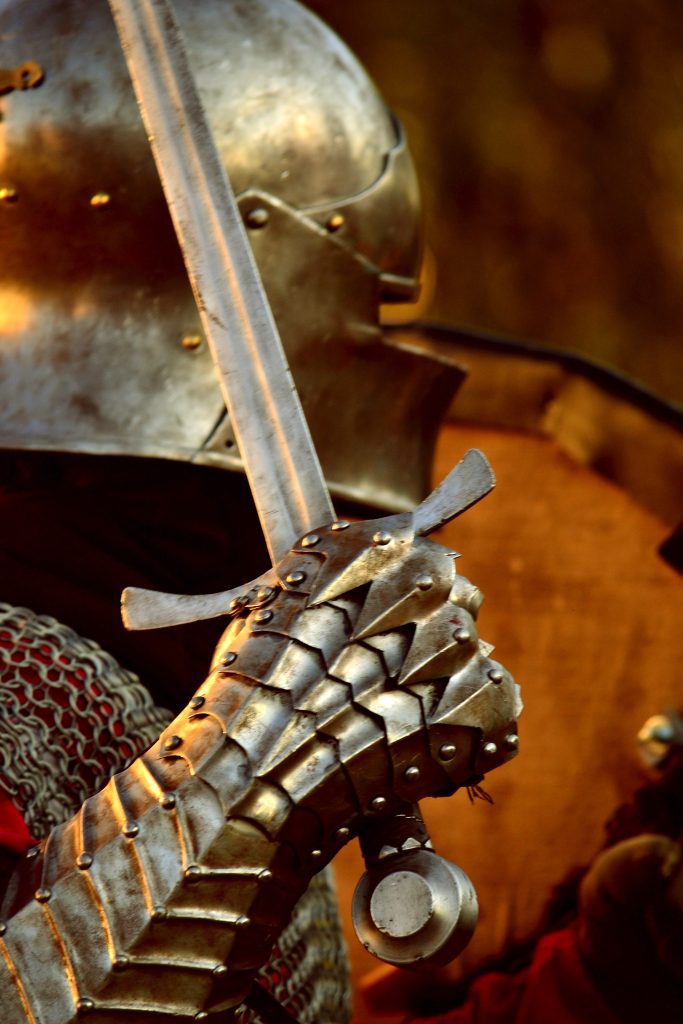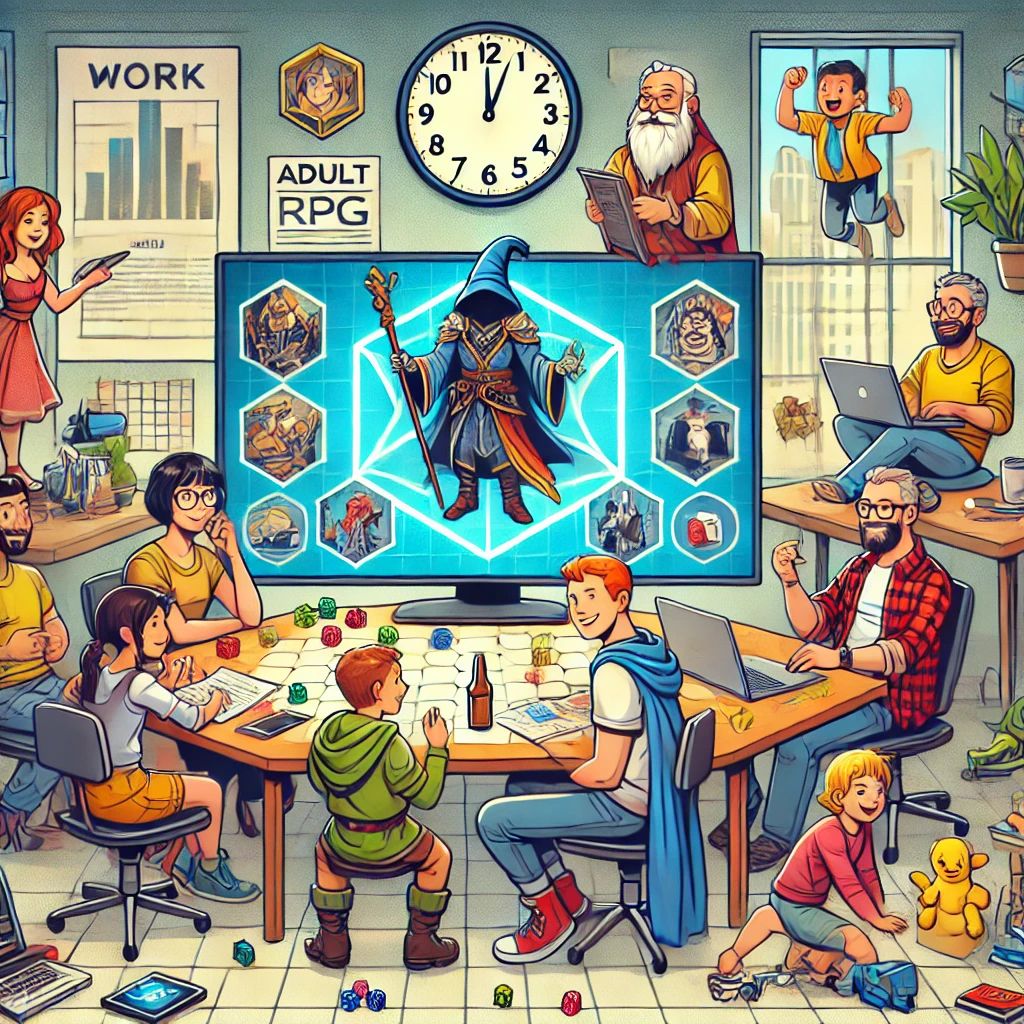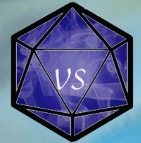Few creatures in gaming lore are as iconic — or as gloriously green — as the humble Orc. Whether you’re battling them in Dungeons & Dragons or unleashing them across the grimdark universe of Warhammer 40,000, these brutish beings embody the raw power and chaos that make tabletop gaming so exciting. But while they share a name (and a fondness for shouting and smashing things), D&D’s Orcs and Warhammer’s Orks are entirely different beasts.

The Dungeons & Dragons Orc: Brutal, Tragic, and Deeply Mythic
In Dungeons & Dragons, Orcs are a cornerstone of fantasy storytelling. They’re often portrayed as savage warriors, driven by primal rage and a devotion to their god, Gruumsh — the one-eyed deity who fuels their endless lust for battle. But over the years, especially in modern editions like D&D 5th Edition, the Orc has evolved beyond being just a faceless enemy.
Players now encounter Orcs as complex people — tribal, spiritual, and proud. Many campaigns explore their struggle between honour and brutality, often challenging the old stereotype of Orcs as mere villains. A Dungeon Master might introduce an Orc shaman wrestling with visions from Gruumsh or a warrior seeking redemption in a human world that fears his kind.
Physically, D&D Orcs are muscular, tusked, and imposing — but still bound by the rules of magic and mythology. Their strength lies in unity and sheer ferocity, not in strange science or cosmic chaos.
The Warhammer 40K Ork: Green, Loud, and Lovin’ a Good Scrap
Now, shift your gaze 38,000 years into the future, and things get loud. In the universe of Warhammer 40K, Orks (note the “k” — because of course they can’t spell properly) are an entirely different creation. They’re not mere fantasy creatures — they’re a genetically engineered species of fungi-warriors designed for war. Every Ork, from the smallest Gretchin to the biggest Warboss, lives for one thing: a good scrap.
Warhammer 40K Orks are a riot of British humour and anarchic energy. They believe that things work because they thinkthey do. Paint a vehicle red, and it goes faster. Strap enough guns together, and it becomes a “dakka machine.” Their crude but effective technology runs on pure belief, making them one of the most bizarre — and beloved — factions in the entire Warhammer universe.
In short, D&D Orcs are tragic warriors of myth; Warhammer 40K Orks are gleeful agents of chaos in space. Both are brutal, both are fascinating, and both are perfect reflections of their respective worlds.
Two Worlds, One Green Legacy
Whether you’re rolling dice in a dimly lit tavern or unleashing a Waaagh! on the battlefield, Orcs and Orks remind us of what makes tabletop gaming so enduring — the joy of storytelling, imagination, and just a touch of madness.
And if you’re keen to explore the green tide for yourself, check out LithGeek — a great place to pick up Warhammer miniatures, gaming PCs, and accessories. For those in the Blue Mountains or Lithgow area, Lost Souls Bookshop is a top spot to grab RPG books, miniatures, and maybe even a few battle-worn dice.







